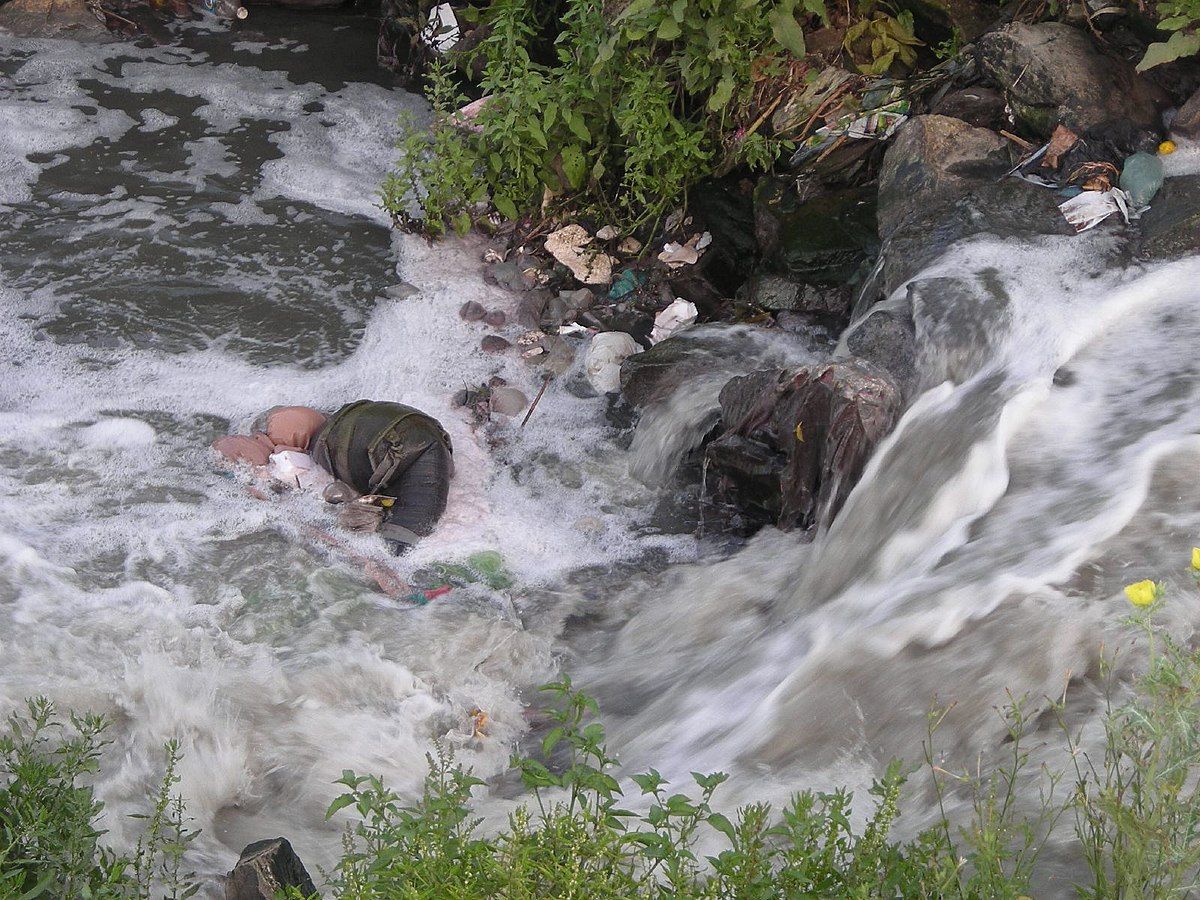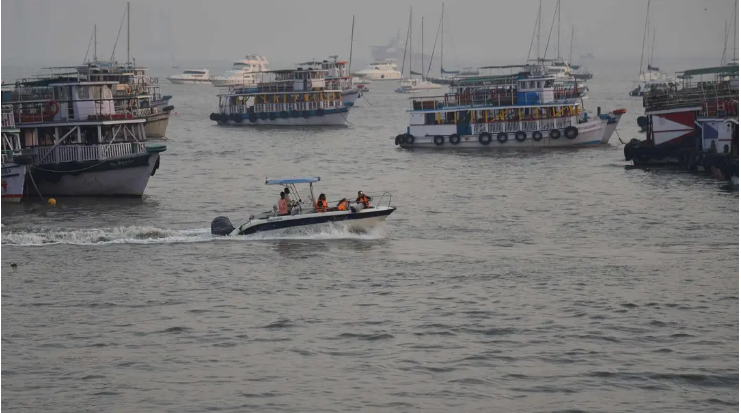Report: Major Indian Rivers Causing Cancer in Over 100 Villages
High toxicity levels in the Hindon, Yamuna, and Kali rivers are causing cancer and death in over 100 villages, Indian MP Vijay Pal Singh Tomar recently told the Parliament. Tomar also urged the central government "to intervene and direct the state government to take strict action."

Facts
- High toxicity levels in the Hindon, Yamuna, and Kali rivers are causing cancer and death in over 100 villages, Indian MP Vijay Pal Singh Tomar recently told the Parliament. Tomar also urged the central government "to intervene and direct the state government to take strict action."1
- Stating that the oxygen level was zero in samples taken from the Kali River, the MP said the water was unfit for drinking or irrigation "due to effluents discharged by factories, sugar mills, and paper mills into the river."2
- The revelation comes after the president of Meerut Zila Panchayat Gaurav Chaudhary told local media that around 100-150 people had died from cancer in the villages located on the banks of the polluted rivers, owing to the contamination of drinking water.3
- In January, a National Green Tribunal survey revealed that 1,311 residents of 31 villages on the banks of the Hindon River were suffering from cancer, as well as skin, respiratory, and liver-related diseases, among other life-threatening conditions.4
- The 550-kilometer-long Kali River is one of north India's most polluted rivers. It's a tributary of the Hindon River, itself the main tributary of the holy Yamuna River — the longest tributary in India.2
- Between 2017 and 2021, over ₹6,800 crores (about $80M) were reportedly spent on cleaning the Delhi stretch of Yamuna. However, fecal coliform found in the river was still reportedly 500 times the desirable level following the project.5
Sources: 1The Times of India, 2The Economic Times, 3Mint, 4News9live, and 5The Hindu.
Narratives
- Narrative A, as provided by The Telegraph. The Constitution of India recognizes access to water as a fundamental part of the Right to Life under Article 21, making it a duty of the State to provide clean drinking water to its citizens. However, despite substantial funding, more than half the rivers in India are polluted. Unless political motivations are divorced from environmental projects, making progress and cleaning the country's significant waterways will be impossible.
- Narrative B, as provided by Magazine. Ridding the Indian rivers of thousands of tons of poison is a complex puzzle. However, the nation is starting to put the pieces together. The calls for action have become more urgent and widespread. Multiple river-cleansing operations are underway, and they're doing great work resolving an insurmountable problem. Moreover, public-private partnerships have been established, and are already being run sustainably and efficiently to tackle river pollution.






